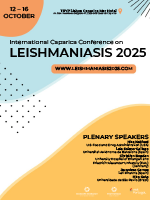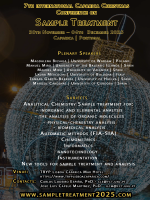Proteome Analysis Implicates Adaptive Changes in Metabolism and Body Wall Musculature of Caenorhabditis elegans Dauer Larva
DOI: 10.5584/jiomics.v8i1.237
Abstract
Dauer larva is an alternative developmental stage of Caenorhabditis elegans (C. elegans) that occurs when the environmental condition is unfavorable for growth. Little is known regarding how the proteome of dauer larvae respond to poor environmental growth conditions. Such knowledge is expected to help understand the survival mechanism(s) of dauer larvae. In order to uncover the proteome differences between dauer larvae and normally developed third stage larvae (L3), an L2 stage larvae was starved to create the dauer larvae and this proteome was compared with that of the L3 larvae. Results showed that proteins involved in muscle assembly and fatty acid oxidation are increased in dauer larvae, while proteins involved in maintaining regular organismic activity such as reproduction, translation and apoptotic processes are decreased. The protein expression profile also suggested that the glyoxylate cycle is preferentially utilized during dauer arrest over the tricarboxylic acid (TCA) cycle and significant structural rearrangement occurs on the hypodermis, body wall musculature, and pharynx.









